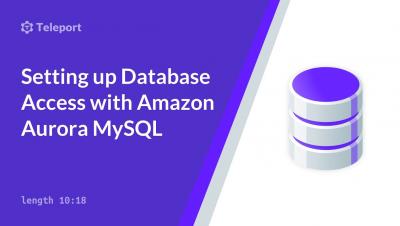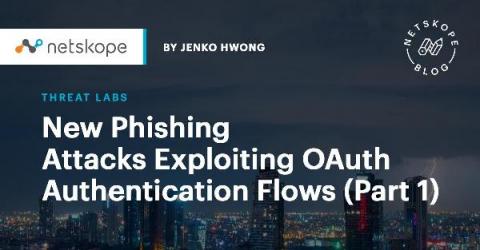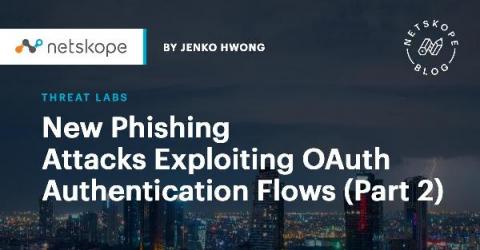Security | Threat Detection | Cyberattacks | DevSecOps | Compliance
Technology
Key Insights into Gartner Hype Cycle for Application Security 2021
Gartner Hype Cycle started as a graphical representation method to represent the adoption, evolution, and maturity of new emerging technologies. Over time, it has now transformed into a highly potent and reliable powerhouse of smart insights into how emerging technologies will evolve in the future.
Appknox & Xoxoday Webinar On Building an Org Wide Software Security Practice
New Phishing Attacks Exploiting OAuth Authorization Flows (Part 1)
This blog series expands upon a presentation given at DEF CON 29 on August 7, 2021. Phishing attacks are starting to evolve from the old-school faking of login pages that harvest passwords to attacks that abuse widely-used identity systems such as Microsoft Azure Active Directory or Google Identity, both of which utilize the OAuth authorization protocol for granting permissions to third-party applications using your Microsoft or Google identity.
New Phishing Attacks Exploiting OAuth Authentication Flows (Part 2)
This blog series expands upon a presentation given at DEF CON 29 on August 7, 2021. In Part 1 of this series, we provided an overview of OAuth 2.0 and two of its authorization flows, the authorization code grant and the device authorization grant.
Achieving SOC2 Compliance for Teleport Cloud with Teleport On-Prem
Teleport has been instrumental in helping our clients achieve difficult security and compliance requirements, and today we are proud to announce that our Cloud offering is now SOC2 Type II compliant. Last year our on-premises product was SOC2 Type II certified, and we published an overview on our blog helping explain what SOC2 is and why it has become table stakes for B2B SaaS companies.
Splunk Mobile - Backend Summary (in 60s)
Why penetration testing needs to be part of your IoT security
IoT devices are ubiquitous in our daily lives—whether it’s at home with connected home automation devices, or at work with connected factories, hospitals, and even connected cars. According to Gartner, there were over 20 billion IoT devices in 2020. As businesses globally over the past decade have transformed their processes with more embedded IoT-driven intelligence, these billions of connected devices have also become a soft target for cyber criminals.
How To Build A Secure Open Source API Program
API security is one of the most important aspects of cybersecurity. The rise of new technologies like microservices, cloud-native applications, IoT devices, single-page applications, serverless, and mobile has led to increased use of APIs. Any internal application elements are now APIs connecting with one other through a network. A game API lets your applications and web services communicate with one another and share information such as rules, settings, specs, and data.











